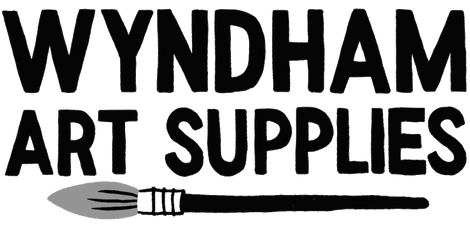Description
May 2025 #167
With every step forward we leave a backward trace. A footprint in wet sand is ephemeral but photographs fill a drawer and linger and haunt us; letters and journals call out to be read. We don’t really want our lives and the activities and objects that filled them to be lost and forgotten. Not really.
It is our sop against oblivion, and out of our desire to be in the company of others that we store and sort and arrange the material evidence of our having been here. The ordering of these artifacts brings sense and coherence to lives that seem fleeting and without conclusive purpose. Our collections—whatever it is that composes them—take an almost imitative corporeal form that we feel may represent us as we are and have been. I am here; this is what I have done; my accomplishments have been assembled and are shown. An Archive. In this issue on “The Archive” we talked with Ydessa Hendeles who has made art from her inherited traumatic past, has made beautiful the artifacts she has drawn together to represent elements of a story she tells and tells again.
We talked with painter Stephen Andrews whose dear and extended circle of friends and colleagues are presented by him as a work which parallels French painter Gustav Courbet’s The Painter’s Studio, 1855. Andrews’s The Artist’s Studio after Courbet, 2021–2024, is a 12 panel, 42-foot-long work chronicling the activities and life of his studio, captured over time: people coming and going, lingering and talking, exchanging ideas and pleasure.
We talked with American photographer, Zoe Leonard about several of her bodies of work, looking closely at the remarkable fictional life of artist Fae Richards, a queer Black actor and singer, which Leonard has created with such persuasive conviction that Richards seems to be a figure you almost knew and whose path must have crossed yours.
The just-published, three volume series of books by Diana Michener titled Mirror, is a compendium, an archive of 34 bodies of work the artist has produced since 1975. In its selection and assemblage, it is astonishingly beautiful. Speaking about one of the bodies of work Michener says, “I thought I was going down in the earth of us to try to figure out what is there. I was going to discover something within the traces.” Entirely applicable to interrogating the archive.
Lisa Robertson looks deeply at the meaning and implication of the House Dress. This is not the woman-within-the-house drawings of Louise Bourgeois; this is the over-garment, the constraining labelling uniform for women working in the house—dressed. Responding to Chantal Ackerman’s film, Jeanne Dielman, Robertson writes about this cotton smock which she too owns but wears only impelled by her own interest in the article of clothing itself and not as an emblem of “feminine constraint and its violent refusal.” “The Archive of the House Dress.”
Our engagement with the archive includes the articles “On Kawara: Continuous Practice”; a lengthy consideration of the work of photographer, Lee Miller, drawn from the Lee Miller Archive and “The Embodied Archive: The Painted Photomontages of Özlem Altın.” Editor Meeka Walsh reads the Iliad through Simone Weil and Rachel Bespaloff; Contributing Editor Robert Enright looks at the newly released documentary, Parade: Queer Acts of Love and Resistance, directed by Noam Gonick which uses, and is, a rich archive of the history of the queer movement in Canada.
As well, new work by photographers Sarah Anne Johnson and Luther Konadu. And as always, the rich and broad review section called Crossovers, which does.

